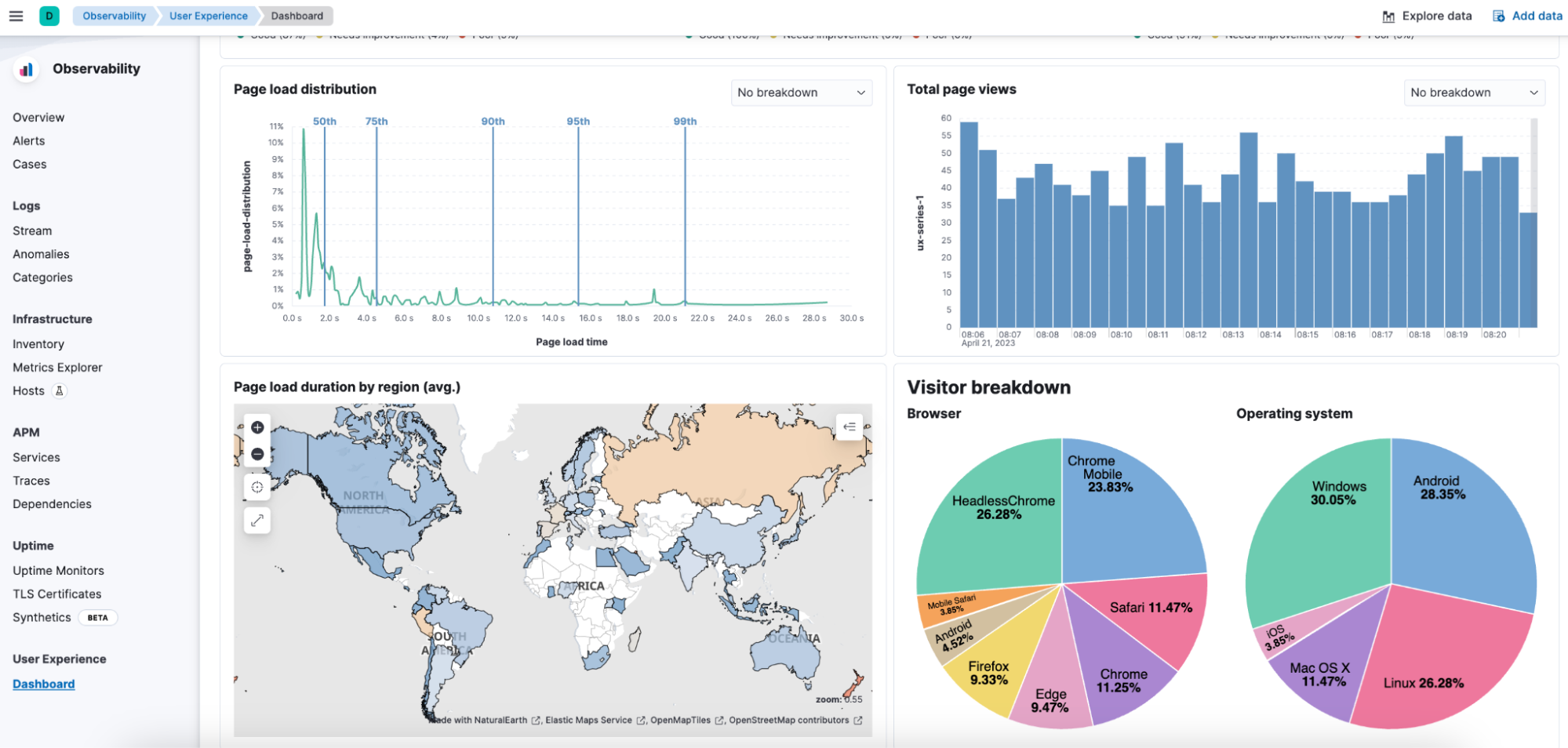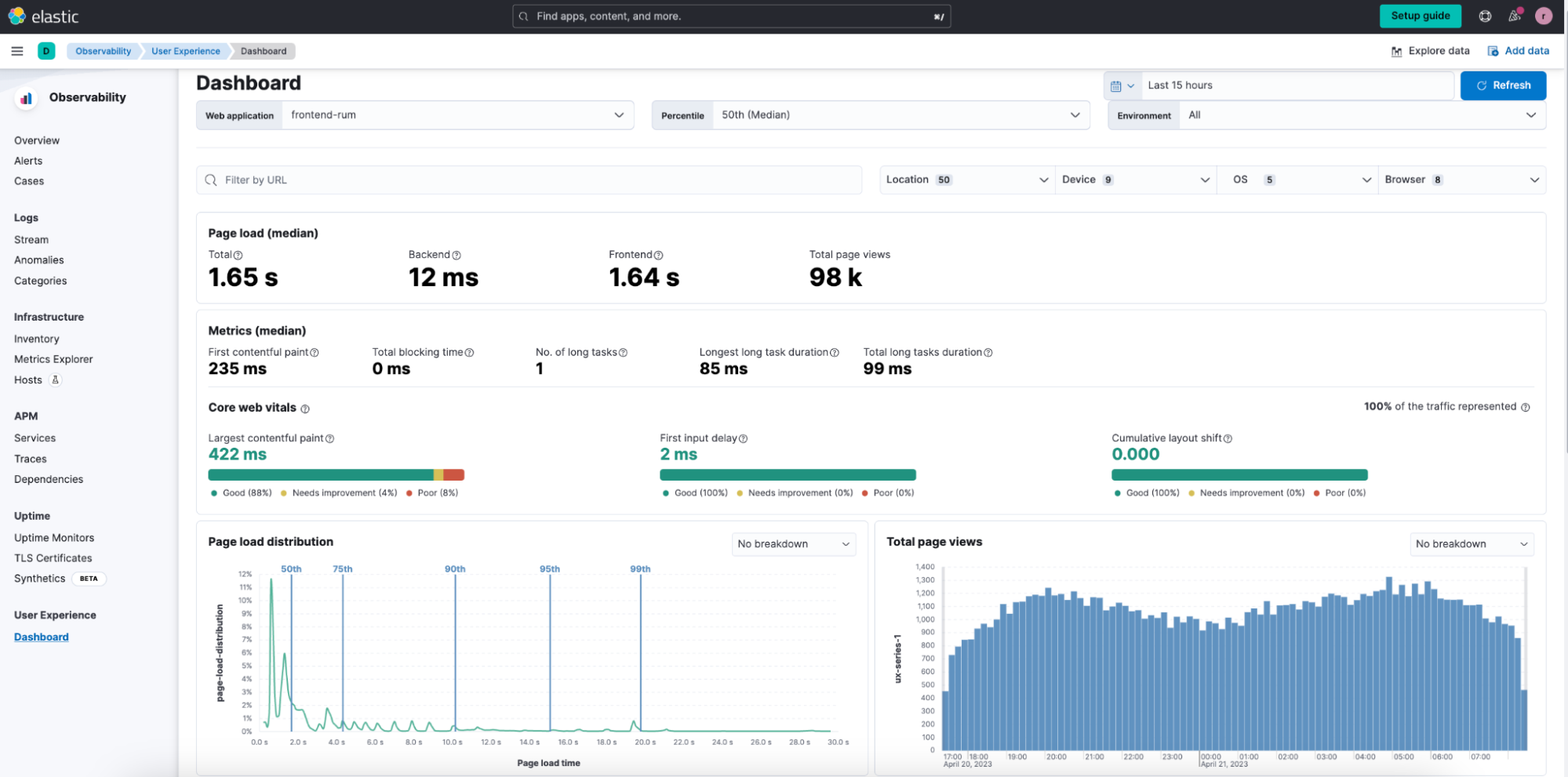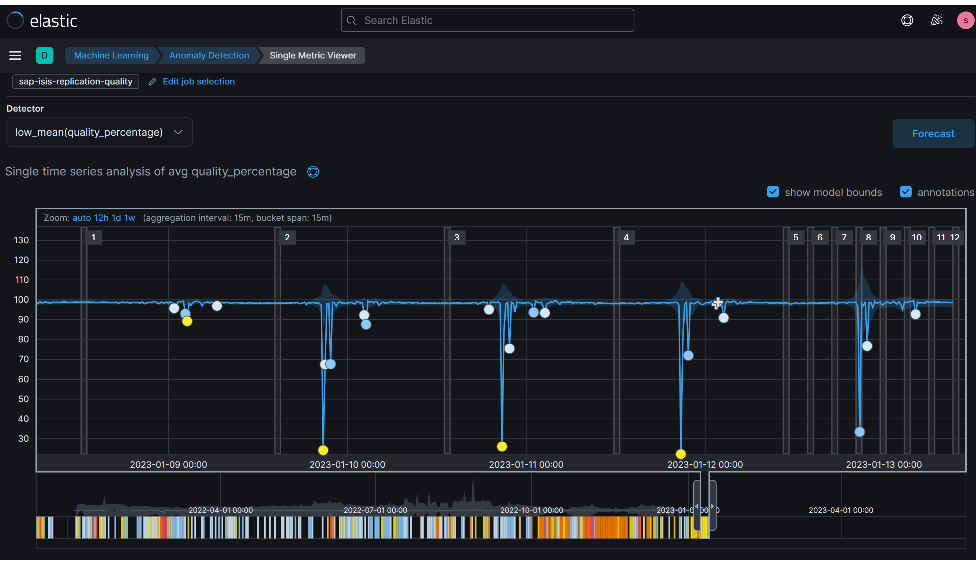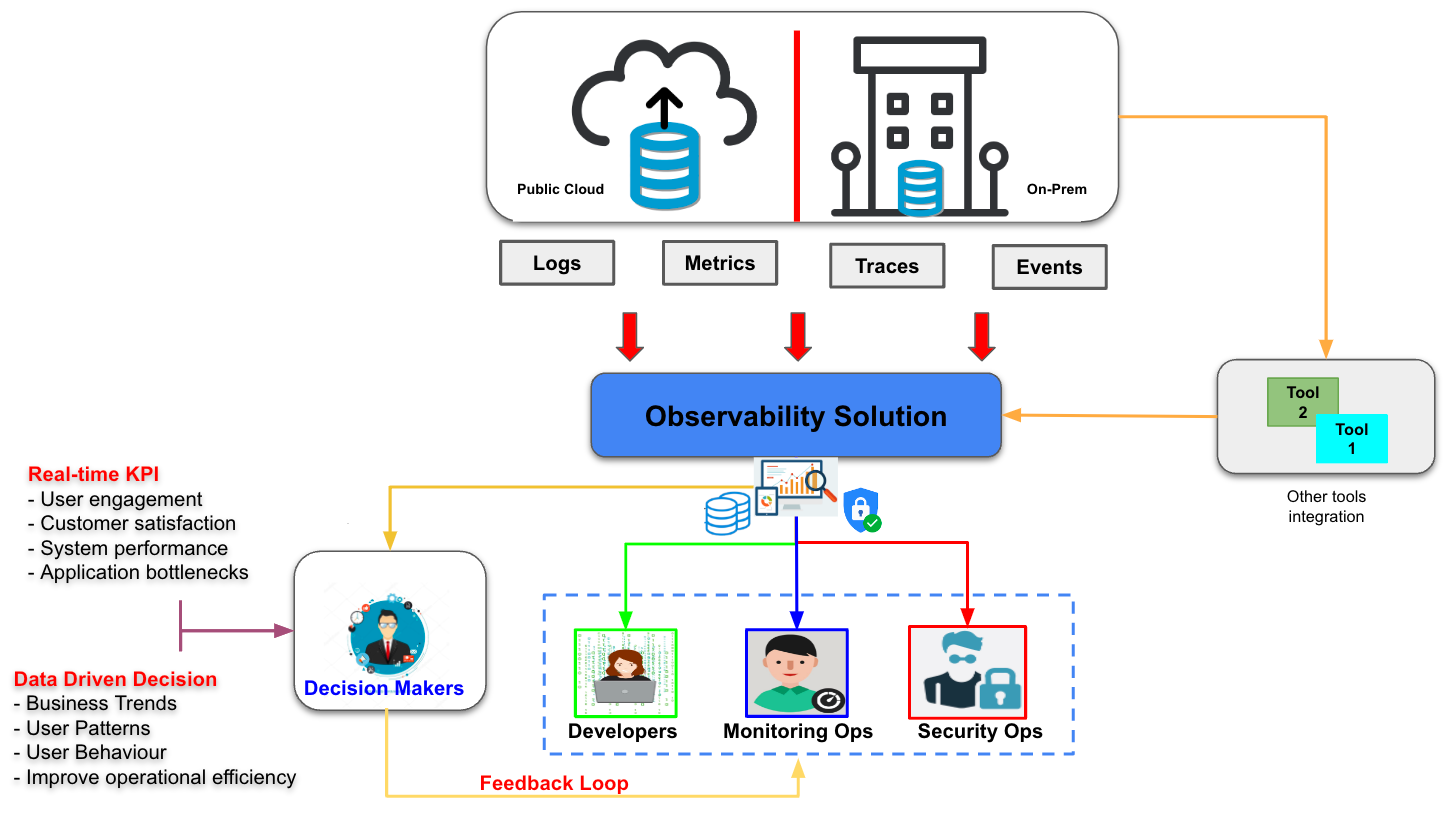Harnessing an observability solution to gain valuable insights into business operations

In my previous articles, I discussed how to design considerations for observability solutions and how observability can augment your security implementation.
By using observability tools, businesses can gain a comprehensive view of their entire system, including the foundational pillars of observability—metrics, logs, and traces—and other data that can provide insights into potential issues and areas for improvement.
The importance of business insights for your organization
First, let’s establish why business insights are important for an organization. Having an idea of how your business performs is an important advantage in this competitive environment. By analyzing data and extracting meaningful insights, businesses can identify opportunities for growth and understand customer behavior and even industry dynamics.
This data can be collected via your observability solution and can help leaders make decisions based on facts and or mitigate risks based on the collected information.
Business insights are essential for any organization, especially in this rapidly changing and competitive market. Without a deep understanding of the market, customer behavior, and industry dynamics, businesses are at risk of falling behind their competitors and missing out on growth opportunities.
How to gain business insights using your observability solution
Using an observability solution to gain business insights requires a systematic approach that aligns with your specific business goals and needs. By identifying key metrics, defining data sources, choosing the right tools, building a data pipeline, and creating visualizations and dashboards, you can gain valuable insights that help you make data-driven decisions and improve overall business performance.
Identifying bottlenecks and performance issues: Observability solutions can help businesses identify performance issues by providing real-time insights into system behavior. This allows them to optimize performance and ensure that their systems are running smoothly.
Root cause analysis: Observability solutions can help businesses diagnose the root cause of issues by providing detailed logs and metrics. This can help them identify the source of problems and take corrective action quickly.
Predictive analytics: Observability solutions can use machine learning (ML) algorithms to analyze data and predict potential issues before they occur. This can help businesses proactively address issues and avoid downtime.
Improved customer experience: Observability solutions can help businesses understand how their customers interact with their systems, identify areas for improvement, and optimize customer experiences.
Business intelligence: Observability solutions can provide valuable insights into business operations, including customer behavior, product usage, and revenue trends. This can help businesses make data-driven decisions and improve overall performance.
The value of machine learning and analytics
An observability solution helps you collect and analyze data more effectively, providing insights into the performance of your systems and applications.
With the volume of data that you will expect from different sources, you need an efficient way to collect and process it. By leveraging machine learning and analytics techniques, you can process and analyze large amounts of data using your compute resources instead of relying on a manual process, while at the same time avoiding human errors.
Once the data is preprocessed, it can be used to train ML models that can identify patterns, anomalies, and trends in the data. Depending on your business objectives, you can use different ML techniques such as regression, classification, clustering, or deep learning to train the models.
After collecting, processing, training, and applying ML to your data, you can then apply analytics techniques such as data visualization, exploratory data analysis, and statistical analysis to gain additional insights from the data. This will allow you to interpret the results and understand what they mean for your business objectives.
How Elastic Observability can help
Elastic Observability can be used to gain business insights by providing real-time monitoring, analysis, and visualization of key performance metrics and data related to business operations. Here are some ways in which Elastic Observability can help businesses gain valuable insights:
1. Monitoring customer behavior
By analyzing logs, metrics, and user activity data, businesses can gain insights into customer behavior, such as the most popular products or services, common search terms, and user journeys. This information can help businesses optimize their offerings and improve customer engagement.

2. Identifying performance bottlenecks
Elastic Observability can help businesses identify performance bottlenecks in their systems, such as slow response times or high resource utilization. By addressing these issues, businesses can improve system performance, reduce downtime, and ultimately provide better service to their customers.

3. Analyzing trends and patterns
Elastic Observability can be used to analyze trends and patterns in data, such as sales trends, customer demographics, or product usage. These insights can help businesses make data-driven decisions and develop more effective marketing and sales strategies.

4. Improving operational efficiency
By monitoring system performance and analyzing data, Elastic Observability can help businesses identify areas where they can improve operational efficiency. For example, they can identify unnecessary system processes, reduce data duplication, or optimize resource allocation.
Conclusion
Observability solutions, if implemented properly, can be used by businesses to gain valuable insights into their operations. Observability involves collecting and analyzing data from various sources, including application logs, infrastructure metrics, and user activity. By analyzing this data, observability solutions can provide valuable insights into how applications perform, where bottlenecks and issues occur, and how users interact with the system.

One key benefit of observability solutions is their ability to identify issues and anomalies quickly. By monitoring data in real-time, businesses can identify problems before they escalate into larger issues. Additionally, observability solutions can provide a comprehensive view of system performance, enabling businesses to optimize and fine-tune their operations.
Observability solutions can also help businesses to improve customer experience. By analyzing user activity, businesses can gain insights into how customers are interacting with their products or services. This information can be used to identify areas for improvement and to optimize the user experience.
In addition to this, observability solutions can help businesses to make data-driven decisions. By collecting and analyzing data from various sources, businesses can gain a better understanding of their operations and make informed decisions about how to optimize their operations and improve their bottom line.
Learn why observability is key to solving business and operational challenges.